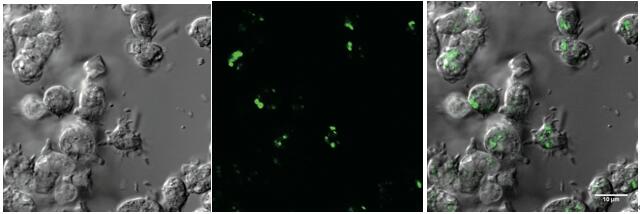Protozoans were the first eukaryotes to interact with bacteria and their evolutionary success was directly attributed to their ability to effectively engulf (through phagocytosis), kill and then digest their prey. Eventually, predatory protozoa that acquired the most effective mechanisms to kill bacteria became dominant, but the same evolutional pressure forced bacteria to develop resistance mechanisms to minimize damage.
In the recent study published in Molecular Microbiology “A role for copper in protozoan predation-selecting bacterial copper resistance for 2 billion years” (DOI 10.1111/mmi.13483), a novel concept of protozoan predation as a major selection factor for maintenance and acquisition of copper resistance determinants was developed. The driving force behind the outlining of this hypothesis was our desire to explain the widespread presence of copper resistance determinants in environments where copper concentrations are very low, such as in a deep ocean. The effect of anthropological factors on copper resistance development in those environments is also minimal. Therefore, we have looked for a naturally occurring selective pressure that could result in the increased occurrence of copper resistance determinants in bacteria. Our experiments showed that protozoa use copper to poison and kill bacterial prey and, in our opinion, preselect for bacteria that possess mechanisms counteracting the toxicity of copper. This hypothesis was tested by examining survival of bacteria differing in their copper resistance determinants in two distinct unicellular eukaryote models, Dictyostelium discoideum and Paracercomanas. We could conclusively show the role of Cu(I) in protozoan predation of bacteria, confirming our original hypothesis.
This study was led by Professors Christopher Rensing and Yong-Guan Zhu, Institute of Urban Environment, Chinese Academy of Sciences in Xiamen. Both professors have been collaborating on environmental microbiology and biogeochemistry over the last 10 years.

Bright-field GFP fluorescence Merge showing elevated concentrations of copper in the phagosomes of amoeba upon bacterial ingestion